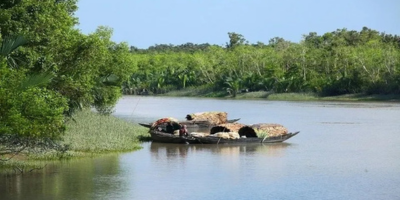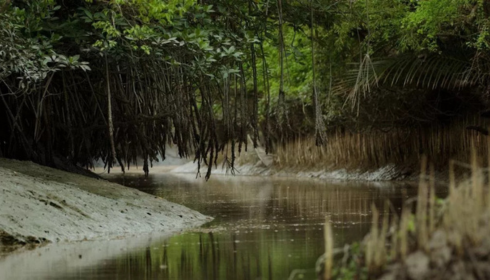
Sundarban trip
A Sundarban trip is more than just a holiday — it’s an unforgettable journey into one of the most extraordinary ecosystems on Earth. Nestled in the southern part of West Bengal, India, the Sundarbans is the world’s largest tidal halophytic mangrove forest and a UNESCO World Heritage Site. It offers an enchanting escape for nature lovers, adventure seekers, and wildlife enthusiasts alike.
The name ‘Sundarban’ is derived from the local “Sundari” trees that grow in abundance here. The forest spans across India and Bangladesh, covering nearly 10,000 square kilometers. With its intricate network of rivers, creeks, and estuaries, this unique biosphere is home to some of the most fascinating flora and fauna, including the elusive Royal Bengal Tiger.
What to Expect on a Sundarban Trip
Your Sundarban trip typically begins in Kolkata, from where you’ll drive down to Godkhali, the entry point to this mysterious delta. From there, a motorboat takes you into the heart of the Sundarbans. These boats are often equipped with sleeping cabins, kitchens, and decks that allow you to immerse yourself in the raw beauty of the region.
One of the highlights of the journey is the opportunity to explore the region’s dense mangrove forests. You can witness various species of mangrove trees, including the striking Sundari tree, which thrives in the salty, marshy waters. The winding creeks and calm waters create a serene yet exciting backdrop for exploration.
Wildlife Adventures Await
No Sundarban trip is complete without the thrill of spotting a Royal Bengal Tiger. Although sightings are rare due to the tiger’s elusive nature, the idea that one might be watching you from the dense undergrowth adds an exhilarating edge to the experience. Apart from tigers, the Sundarbans are home to saltwater crocodiles, spotted deer, wild boars, fishing cats, and a plethora of bird species.
Birdwatchers can feast their eyes on kingfishers, eagles, herons, and migratory birds that flock to the area between November and February. The mudflats, riverbanks, and mangrove roots are a treasure trove of biodiversity, making every moment on the boat an opportunity to witness something spectacular.
Cultural Experiences and Local Life
Aside from its natural wonders, a Sundarban trip also offers cultural enrichment. You can visit local villages where life thrives amidst the challenging environment. The villagers are known for their resilience and unique traditions. Folk dances, local handicrafts, and traditional cuisine provide a window into the vibrant culture of the region.
Enjoy local dishes prepared with fresh catch from the rivers and traditional Bengali spices. The food is simple yet flavorful, adding another layer of authenticity to your trip.
Best Time to Visit the Sundarbans
The ideal time to plan a Sundarban trip is during the winter months, from November to March. The weather during this time is cool and pleasant, perfect for cruising through the waterways and venturing into the forest areas. Monsoon is generally avoided due to heavy rains and flooding.
Tips for a Memorable Sundarban Adventure
- Travel with a licensed guide or tour operator for safety and local insights.
- Carry binoculars and a good camera to capture the diverse wildlife.
- Wear light cotton clothes, hats, and use mosquito repellent.
- Respect the environment and avoid littering to preserve this fragile ecosystem.
Why Choose a Sundarban Trip?
A Sundarban trip is not just a getaway; it’s a doorway into a world that remains untouched by urban chaos. It’s where the jungle speaks in whispers, the water shimmers with mystery, and nature reveals its wildest form. For those seeking solitude, inspiration, or just an extraordinary vacation, the Sundarbans offer the perfect destination.



